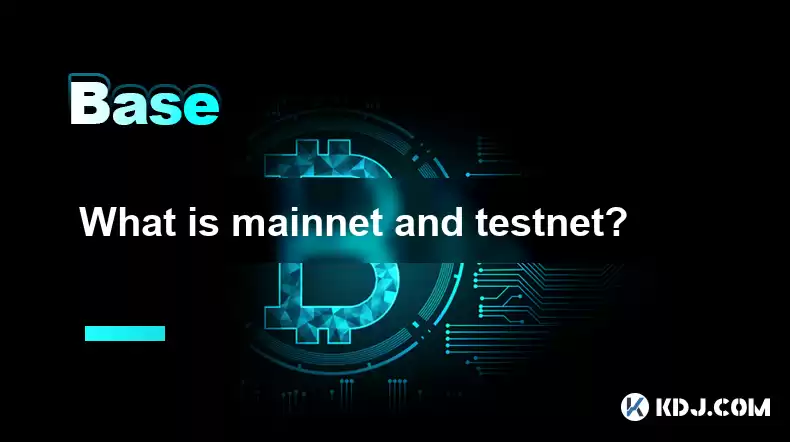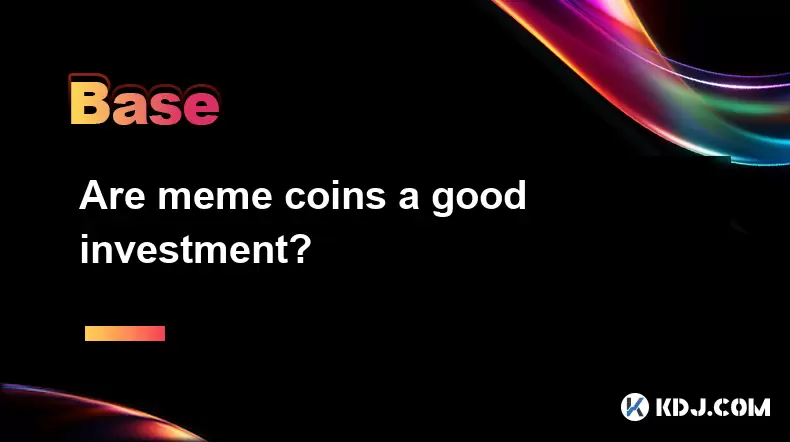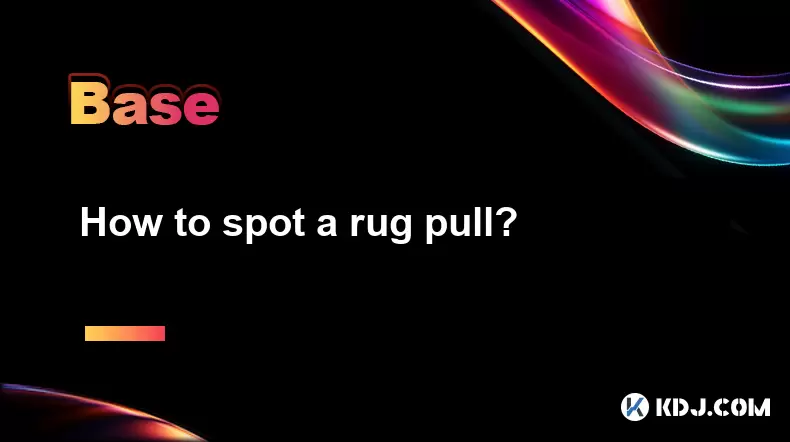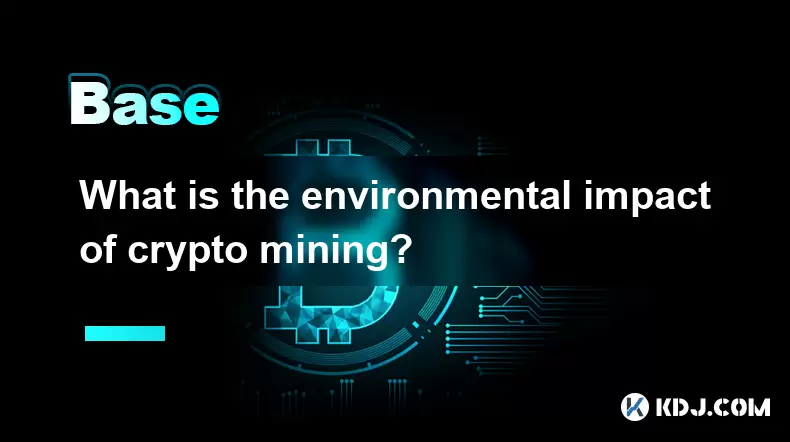-
 Bitcoin
Bitcoin $116700
0.24% -
 Ethereum
Ethereum $3973
4.34% -
 XRP
XRP $3.283
7.68% -
 Tether USDt
Tether USDt $1.000
0.01% -
 BNB
BNB $789.8
2.27% -
 Solana
Solana $176.2
3.31% -
 USDC
USDC $0.9999
0.00% -
 Dogecoin
Dogecoin $0.2238
5.14% -
 TRON
TRON $0.3389
-0.51% -
 Cardano
Cardano $0.7907
4.03% -
 Stellar
Stellar $0.4527
10.02% -
 Hyperliquid
Hyperliquid $41.07
4.27% -
 Sui
Sui $3.794
1.77% -
 Chainlink
Chainlink $19.49
10.40% -
 Bitcoin Cash
Bitcoin Cash $580.9
0.74% -
 Hedera
Hedera $0.2617
4.32% -
 Avalanche
Avalanche $23.41
3.67% -
 Ethena USDe
Ethena USDe $1.001
-0.03% -
 Litecoin
Litecoin $122.4
1.38% -
 Toncoin
Toncoin $3.364
1.49% -
 UNUS SED LEO
UNUS SED LEO $8.988
0.37% -
 Shiba Inu
Shiba Inu $0.00001295
2.82% -
 Uniswap
Uniswap $10.62
5.75% -
 Polkadot
Polkadot $3.922
4.46% -
 Dai
Dai $1.000
0.01% -
 Bitget Token
Bitget Token $4.494
2.15% -
 Monero
Monero $268.0
-1.30% -
 Cronos
Cronos $0.1523
3.68% -
 Pepe
Pepe $0.00001127
4.43% -
 Aave
Aave $285.4
4.85%
What is mainnet and testnet?
Mainnet is a live blockchain for real cryptocurrency transactions, while testnet is a replicated environment for testing, using simulated transactions and valueless tokens to avoid mainnet risks.
Mar 16, 2025 at 10:35 am

Key Points:
- Mainnet: The live, operational blockchain network where real cryptocurrency transactions occur and are permanently recorded. It's the production environment for a cryptocurrency.
- Testnet: A replica of the mainnet, used for testing and experimentation before deploying updates or new features to the mainnet. It allows developers to identify and fix bugs without risking the stability or security of the mainnet.
- Key Differences: Mainnet handles real transactions and has irreversible changes, while testnet uses simulated transactions and allows for reversible changes. Testnet tokens have no real-world value.
What is Mainnet?
The mainnet is the primary, operational blockchain network for a specific cryptocurrency. This is where actual cryptocurrency transactions happen, and the blockchain's ledger is permanently updated. Think of it as the "live" version of the cryptocurrency. Once a transaction is confirmed on the mainnet, it's virtually irreversible, becoming a permanent part of the blockchain's history. This immutability is a core feature of most blockchains and ensures the integrity and security of the network. Mainnet participation often requires staking or mining depending on the consensus mechanism employed.
What is Testnet?
A testnet is a parallel, replicated version of the mainnet. It's essentially a sandbox environment designed for developers and testers to experiment with new features, updates, or even entirely new cryptocurrencies before launching them on the mainnet. This allows for identifying and fixing bugs, testing scalability, and assessing the overall performance of the new code without jeopardizing the stability and security of the mainnet. Transactions on a testnet are simulated and have no real-world value; the tokens used are usually test tokens.
Mainnet vs. Testnet: A Detailed Comparison
The main difference lies in their purpose and the consequences of actions taken on each network. The mainnet is the final destination; the testnet is the proving ground.
- Transactions: Mainnet processes real cryptocurrency transactions with real financial consequences. Testnet handles simulated transactions with no real financial impact. Testnet tokens are usually freely distributed for testing purposes and are worthless outside the testnet environment.
- Immutability: Mainnet transactions are irreversible and permanently recorded on the blockchain. Testnet transactions can often be reversed or undone, allowing for flexibility during testing and development.
- Security: Mainnet security is paramount, employing robust security measures to protect against attacks. Testnets generally have less stringent security measures, as the potential for financial loss is nonexistent.
- Consequences: Errors on the mainnet can have severe consequences, potentially leading to financial losses or security breaches. Errors on the testnet allow for learning and improvement without real-world repercussions.
How does a Testnet Work?
A testnet usually mirrors the mainnet's structure and functionality, but with key differences. Developers deploy their code to the testnet, and community members or testers can then use it to perform simulated transactions and assess its performance. This process helps to identify potential issues before deployment to the mainnet, reducing risks and improving the overall quality of the cryptocurrency.
- Setting up a Testnet Node: This process varies depending on the specific cryptocurrency. It usually involves downloading and installing the required software, configuring network parameters, and syncing with the testnet blockchain.
- Acquiring Testnet Tokens: Testnet tokens are often freely available through faucets or airdrops specifically designed for testing purposes. These tokens are not equivalent to the mainnet tokens and carry no monetary value.
- Testing on the Testnet: Once set up, developers and testers can use the testnet to simulate various scenarios, such as large-scale transactions or complex smart contract interactions.
- Reporting Bugs and Issues: Any bugs or issues discovered during testing are reported back to the development team for resolution before the mainnet deployment.
The Importance of Testnets
Testnets are crucial for the development and stability of any cryptocurrency. They act as a safety net, allowing developers to identify and resolve issues in a controlled environment before exposing them to the risks of the mainnet. Without testnets, the risk of critical failures or security vulnerabilities in the mainnet would be significantly higher. They are a critical step in the development lifecycle of any blockchain project.
Frequently Asked Questions:
Q: Can I make money using testnet tokens? A: No, testnet tokens have no monetary value and cannot be exchanged for real cryptocurrency or fiat currency.
Q: Is it safe to use a testnet? A: Yes, using a testnet is generally safe as it's a separate network from the mainnet. However, always exercise caution and only download software from official sources.
Q: What happens if I find a bug on the testnet? A: Report the bug to the cryptocurrency's development team through their designated channels. Many projects offer bug bounties as incentives for finding and reporting issues.
Q: How do I participate in a testnet? A: The process varies for each cryptocurrency. Check the project's official website or documentation for instructions on how to participate in their testnet.
Q: Is there a difference between a testnet and a private network? A: Yes, while both are used for testing, private networks are usually controlled by a smaller group and are not publicly accessible, unlike testnets, which are generally open to the public.
Disclaimer:info@kdj.com
The information provided is not trading advice. kdj.com does not assume any responsibility for any investments made based on the information provided in this article. Cryptocurrencies are highly volatile and it is highly recommended that you invest with caution after thorough research!
If you believe that the content used on this website infringes your copyright, please contact us immediately (info@kdj.com) and we will delete it promptly.
- Bitcoin, Litecoin, and Avalanche: Decoding the Crypto Buzz in the Big Apple
- 2025-08-09 00:30:12
- Pengu Takes Flight: Can This Solana Meme Coin Conquer the Top 3?
- 2025-08-09 00:50:13
- Coinbase's Big Bet: DEX Trading and the Everything App Vision
- 2025-08-09 01:30:12
- Ethereum and Shiba Inu: Navigating the Bull Move
- 2025-08-09 00:35:12
- Dogecoin, AI Coins, and CMC Listings: What's Hot and What's Not
- 2025-08-09 01:35:51
- Navigating the Crypto Market in 2025: Smart Decisions for Meme Coin Investing
- 2025-08-09 00:55:55
Related knowledge

Can you reuse a crypto wallet address?
Aug 08,2025 at 03:49pm
Understanding Wallet Addresses in CryptocurrencyA crypto wallet address is a unique identifier used to send and receive digital assets on a blockchain...

Are meme coins a good investment?
Aug 08,2025 at 11:36pm
Understanding Meme Coins and Their OriginsMeme coins are a category of cryptocurrencies that originated from internet humor or viral trends rather tha...

How are flash loans used?
Aug 08,2025 at 01:08pm
Understanding Flash Loans in Decentralized FinanceFlash loans are a unique innovation within the decentralized finance (DeFi) ecosystem, allowing user...

How to spot a rug pull?
Aug 08,2025 at 11:21pm
Understanding the Concept of a Rug PullA rug pull is a type of scam prevalent in the decentralized finance (DeFi) and cryptocurrency space where devel...

What is the environmental impact of crypto mining?
Aug 09,2025 at 12:28am
Energy Consumption of Cryptocurrency MiningThe environmental impact of crypto mining begins with its substantial energy consumption, primarily driven ...

What are common crypto trading strategies?
Aug 08,2025 at 12:42pm
Understanding Trend Following in Crypto TradingTrend following is one of the most widely adopted crypto trading strategies due to its simplicity and a...

Can you reuse a crypto wallet address?
Aug 08,2025 at 03:49pm
Understanding Wallet Addresses in CryptocurrencyA crypto wallet address is a unique identifier used to send and receive digital assets on a blockchain...

Are meme coins a good investment?
Aug 08,2025 at 11:36pm
Understanding Meme Coins and Their OriginsMeme coins are a category of cryptocurrencies that originated from internet humor or viral trends rather tha...

How are flash loans used?
Aug 08,2025 at 01:08pm
Understanding Flash Loans in Decentralized FinanceFlash loans are a unique innovation within the decentralized finance (DeFi) ecosystem, allowing user...

How to spot a rug pull?
Aug 08,2025 at 11:21pm
Understanding the Concept of a Rug PullA rug pull is a type of scam prevalent in the decentralized finance (DeFi) and cryptocurrency space where devel...

What is the environmental impact of crypto mining?
Aug 09,2025 at 12:28am
Energy Consumption of Cryptocurrency MiningThe environmental impact of crypto mining begins with its substantial energy consumption, primarily driven ...

What are common crypto trading strategies?
Aug 08,2025 at 12:42pm
Understanding Trend Following in Crypto TradingTrend following is one of the most widely adopted crypto trading strategies due to its simplicity and a...
See all articles

























































































